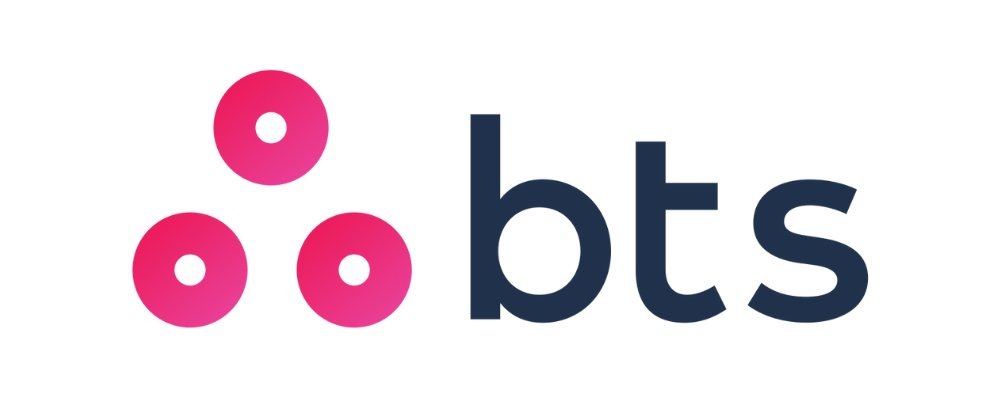The ability to accurately forecast results and behaviors has always been fundamental to business success. If a company can predict future outcomes, it will be able to leverage its skills and opportunities to increase revenue and make progress against its goals.
Greater predictability leads to more effective budgeting and planning so that leaders and teams can make decisions with greater confidence. For instance, if a company can accurately forecast the response of different demographics to its ongoing sales campaign, it can dynamically allocate resources to capitalize on these insights. This adaptive approach allows the business to optimize the performance of current campaigns and fine-tune the services offered, potentially opening pathways to introduce other products.
From a weekly to a quarterly to an annual scale, from market trends to supply chain visibility, predictions can help teams plan for success. This is always the case in business, but it is even more important today, as greater agility is needed due to changing circumstances.
What stands in the way of accurate sales forecasting?
Improving the accuracy of sales forecasts and building predictable revenue are top-of-mind challenges for chief revenue officers, and this pressure filters through the organization. So, what stands in the way? Why can’t teams find the predictability they need?
Often, the problem comes from inaccurate assessments of deals. Sellers often do not correctly assess the size and the timing of the deals they have entered into their CRMs. They may not have adequately understood their clients’ needs or budgets.
Another problem is misunderstanding signing authority. Often, a seller will misjudge the level of authority they need to close a deal. They’ve been talking to a mid-level leader who seems eager, not realizing that they will need stakeholder alignment and signoff from a senior executive in order to close. They may also need to get multiple peer executives to sign off on the purchase if the budget is not clearly owned by one buyer.
A third issue that stands in the way of accurate forecasting is “super seller syndrome.”
How super seller syndrome hinders predictability
Super seller syndrome happens when sales leaders are promoted into their new roles not because they are great coaches but because they are themselves high achievers as sellers. The company needs sales, but the super seller may not have learned how to motivate, engage, and cultivate the introspection needed to effectively drive the team’s success.
A team that prioritizes super sellers for promotions tends to suffer further down the road. Talent development stalls because leaders focus on selling rather than coaching, leading to a diminishment of other crucial skills like account planning, customer experience, and relationship management. Average sellers become disconnected, and trust disappears.
Make more accurate sales forecasts
People need strategies to create more predictability in their processes. This is especially true for sales teams and for the super sellers attempting to guide them.
Leverage AI for real-time coaching
AI is here for you now. It is a tool with broad applications and is getting safer and more advanced all the time. Sales teams can use AI in coaching and training situations to give sellers personalized, data-driven advice in a way that feels nonjudgmental and actionable. The advantages of real-time feedback are many. It can help leaders make their coaching more nuanced, help sellers gain control over deals, and turn customer insights into continuous learning opportunities.
Turn super sellers into super coaches
Selling skills don’t always translate into sales leadership skills. You can create greater forecasting accuracy by empowering leaders to develop the sales talent in their teams. This will include sales coaching, but it will also extend to communication skills, relationship management, the ability to use AI tools and integrate them into a CRM routine, and more.
Implement an opportunity summary sheet
A custom opportunity summary sheet can help sellers review and assess large and complex deals more accurately. Include technical, architectural, and service elements of the deal in the summary, and run this by the pre-sales team. Every deal at the proposal stage must then be examined by leadership to validate size, timing, negotiating points, and stakeholder signoff.
Build a culture of practice
Doing something more often creates a greater level of accuracy and predictability. A golfer who practices putting every day will develop an accurate sense of where the pin is and how hard she’s hitting the ball toward it. Practice the different sales stages — discovery, qualifying, negotiating — to give sellers opportunities to hone their skills in an accessible, low-pressure way.
Reward early, active CRM use
In some organizations, sellers wait until very late in the process to put deals into their CRMs. This may be due to an expectation of harsh feedback from leaders or an attempt to avoid the appearance of failure. A better way is to examine and encourage pipeline health at all sales stages. Sellers should learn lessons from losses, and the company needs to accept that if it is not losing, sellers are not taking necessary risks to grow the business.
By addressing the factors hindering predictability, leaders can guide their teams toward success with visibility, clarity and purpose. The world is shifting as we speak. However, if teams can develop a culture of adaptability and togetherness, they will be able to spot the way forward.
“BTS is a human-centred consulting firm that helps the world’s leading companies turn strategy into results. We design fun, powerful experiences that have a profound and lasting impact on people and their careers. We inspire new ways of thinking. We build critical capabilities. In short: We unlock success.”
Please visit the firm link to site



